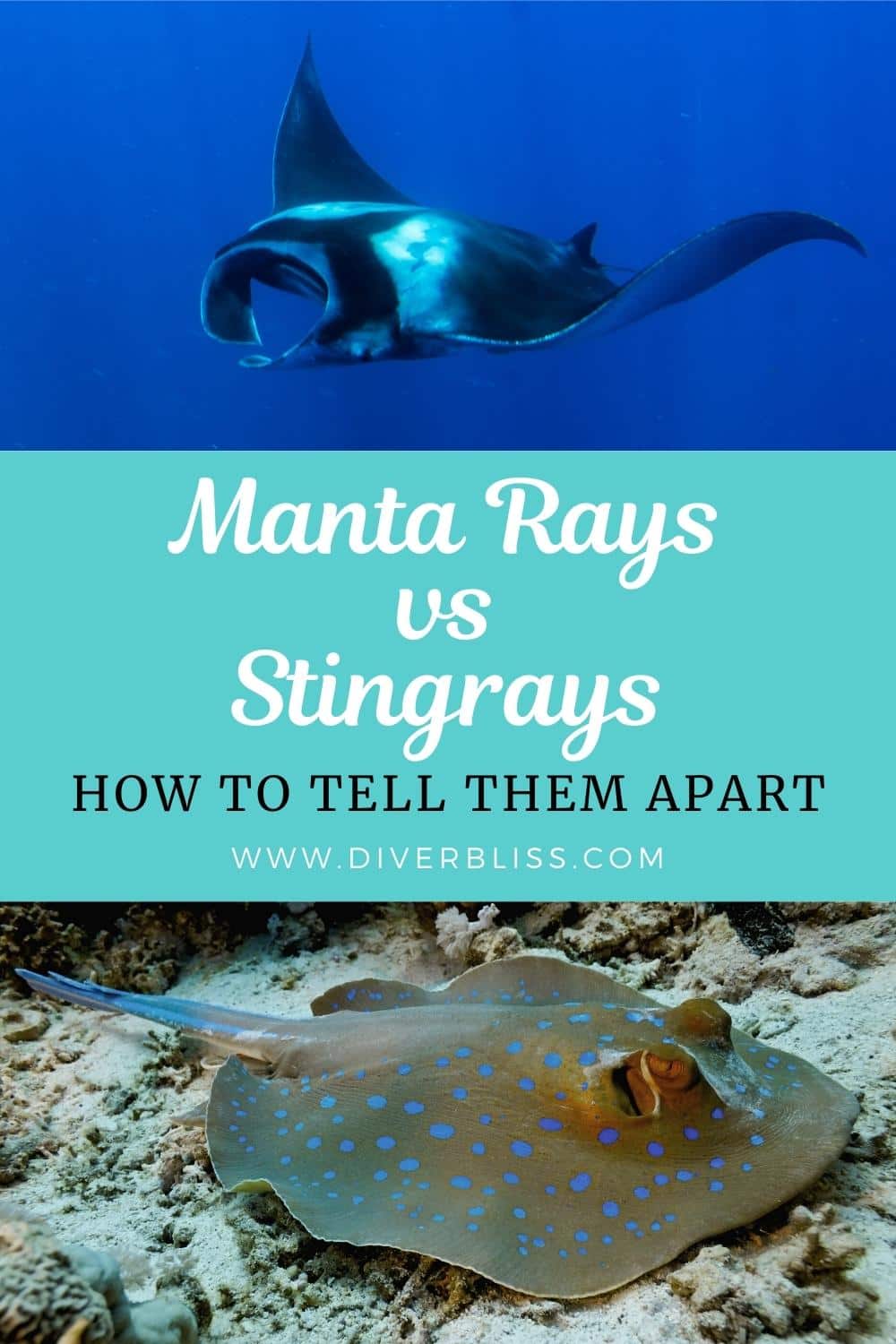
Some people don’t realize that not all Rays have barbs or stingers. Most likely, the name Devil Fish comes from their shape and the wings looking horn-like. Unlike the Stingray, they have no barbed defense mechanism. Sometimes called Devilfish, the Manta Ray is a harmless species.
#Manta ray sting free#
We are working with partners to ensure all ray species in Galapagos are protected through our work on our Plastic Pollution Free Galapagos Programme and Endangered Sharks of Galapagos Programme which will benefit ray populations all over Galapagos. Rays include more dangerous species like species of sting ray and even electric rays, but they also include the harmless Manta Ray. Manta advises feeling out our human advocates with care, distinguishing your boundaries and theirs. This is yet to be confirmed but some theories suggest microplastics interfere with food chains and can stunt the growth of these fish.Ĭonservation action: Manta rays are listed on Appendix II of CITES meaning that all international trade of this species must be registered. Another potential threat to rays is microplastic. On August 27, several of the Manta Stings were planted in Sectors One, Two, Three, and Five of Poseidonis as a diversion. This involves nets as large at 10m by 3m being dragged across the sea bed. Manta stings are explosives fashioned in the shape of a manta ray and are used by Black Manta and his squads of henchmen. Threats: Commercial fishing, such as longline fishing, poses a large threat to rays outside of the Galapagos Marine Reserve. But at a closer look, you will find that Manta rays do not possess the barbs on their tails that earn the Stingrays their name. They both have broad, flat bodies with wing-like pectoral fins attached. This is when the water is slightly warmer and visibility is clearer. Manta rays actually evolved from Stingrays, so as a result, they seem quite similar in their appearance. When to see them: The best time to spot rays is between December and May. Giant manta rays can be seen in the waters off Wolf and Darwin islands and in the channel between Santiago island and Sombero Chino islet.

/underwater-low-angle-view-of-manta-ray--manta-alfredi--feeding-at-ocean-surface--bali--indonesia-585285435-5c02d0f5c9e77c0001cddb86.jpg)
Spotted eagle rays and golden rays can be found in Elizabeth Bay on Isabela and often found at Caleta Tortuga Nerga, also known as Black Turtle Cove, on Santa Cruz. Where to see them:Rays can be spotted all over Galapagos and there are certain spots for each species.


 0 kommentar(er)
0 kommentar(er)
